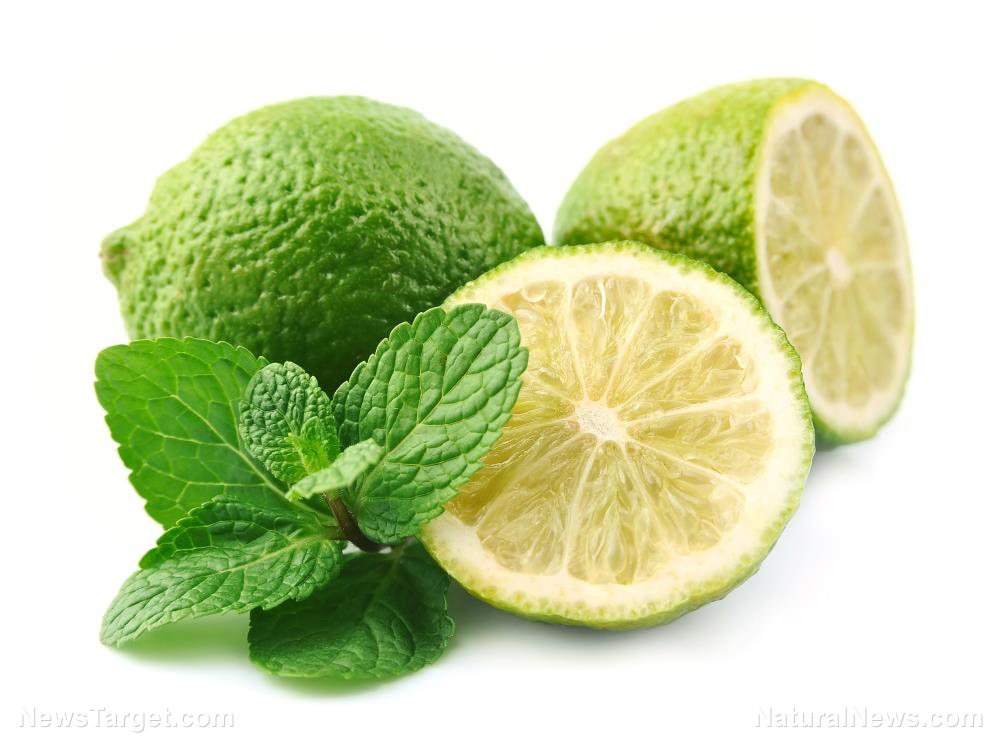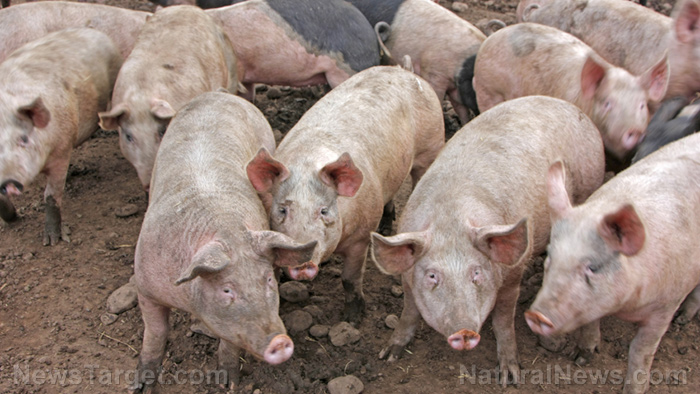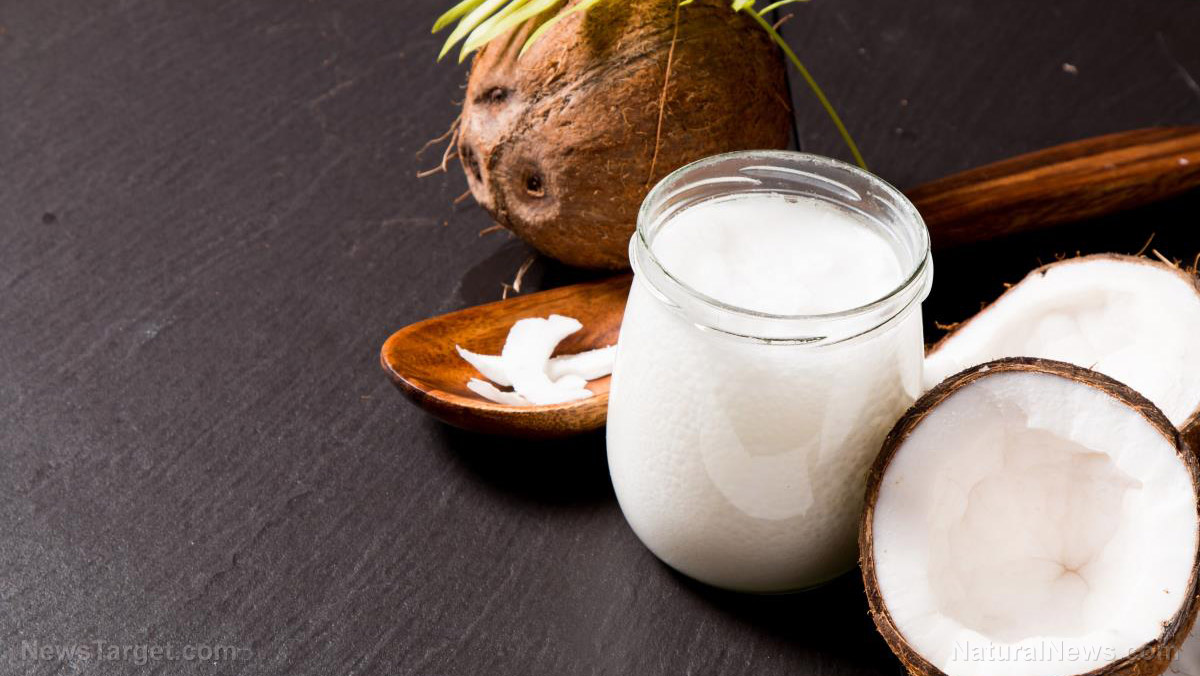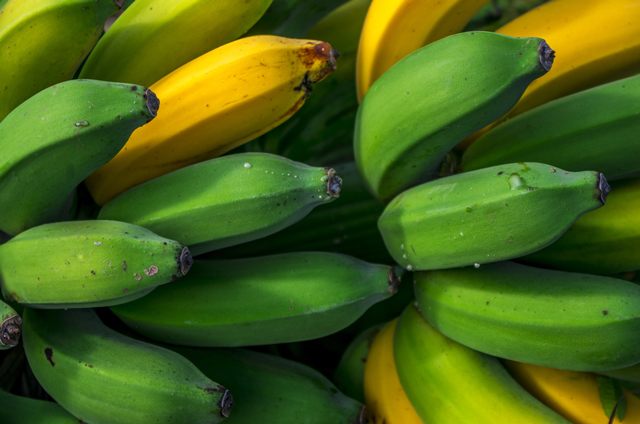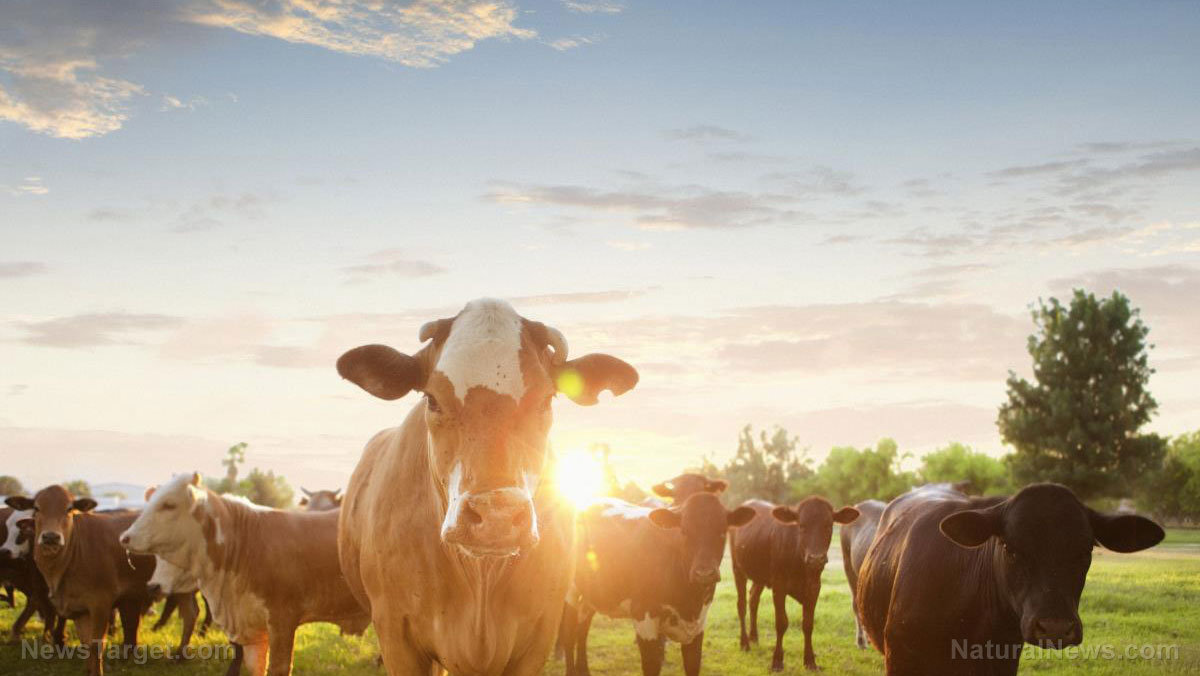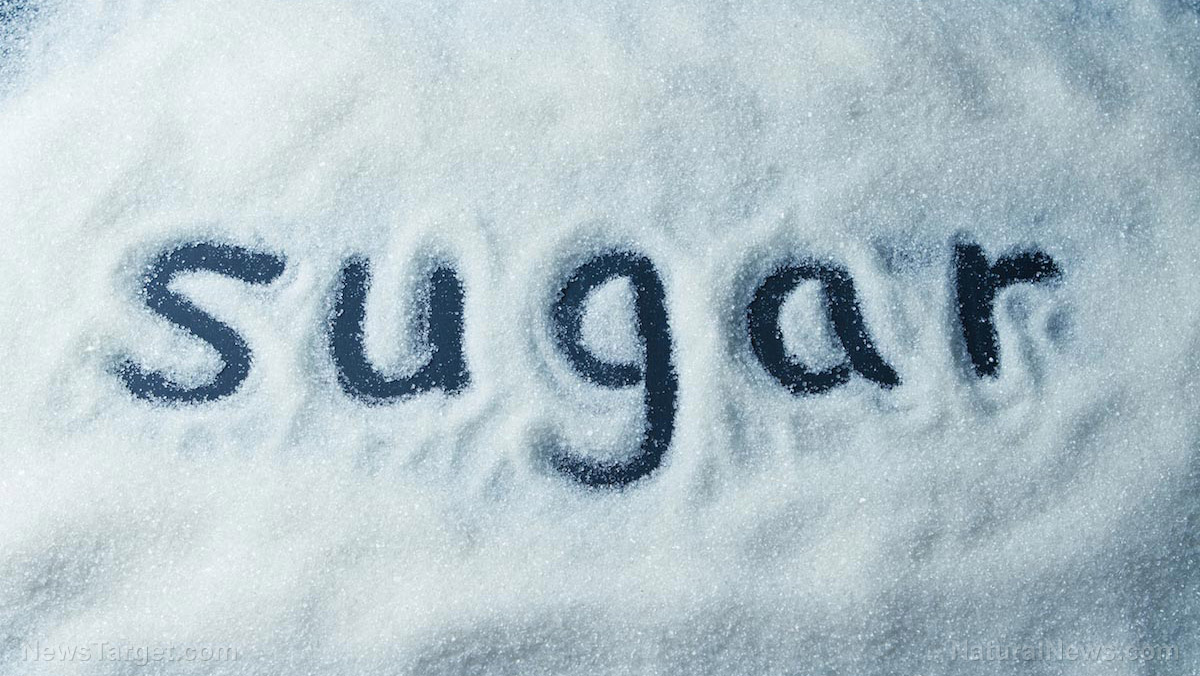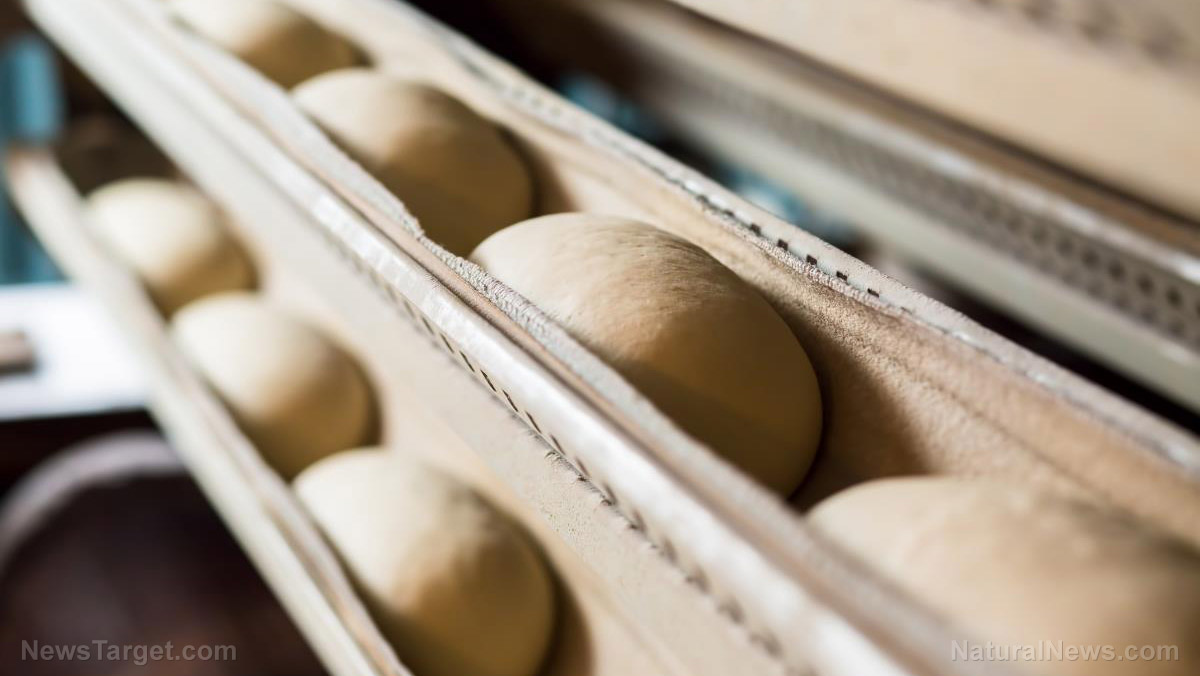Inulin and pectin used to replace pork back fat in meat batter to improve physiochemical stability
10/23/2018 / By RJ Jhonson
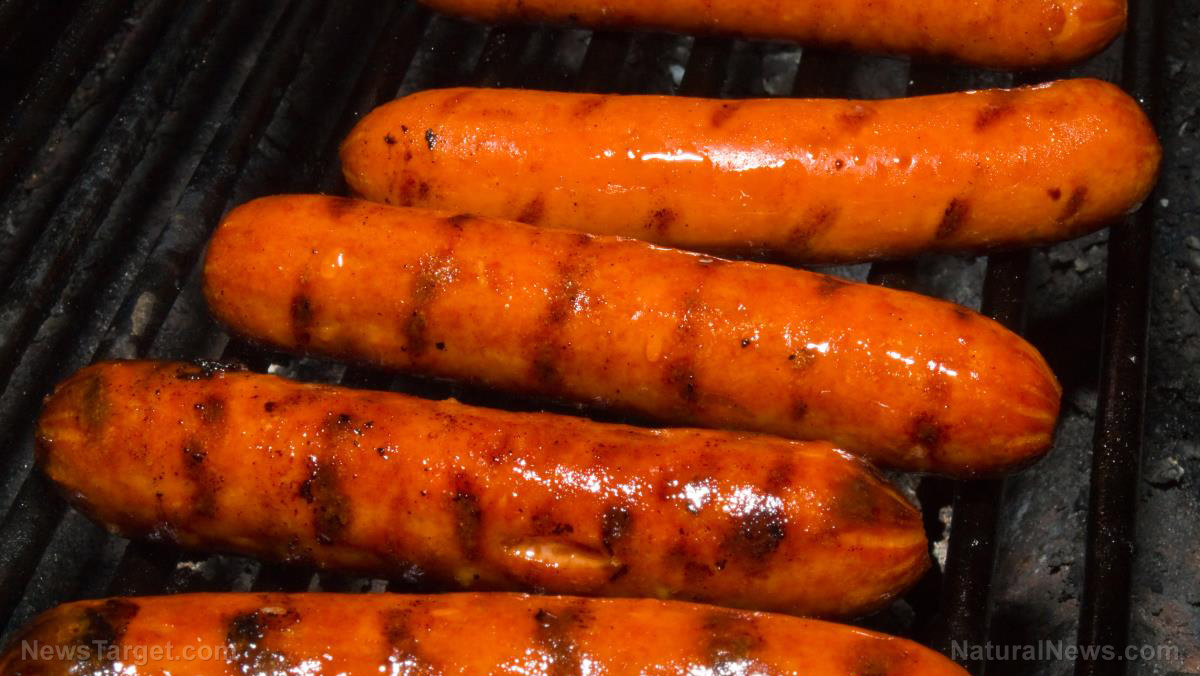
The need for health-friendly processed meat products is prompting research into possible fat substitutes. A study published in CyTA – Journal of Food investigated the ideal ratio of fat to pectin and inulin that does not compromise the quality and physical characteristics of the resulting meat product.
- The researchers wanted to know how much pork back fat is needed to be replaced with inulin and pectin in a meat batter (MB).
- They used a total of six treatments:
- T1 – Control MB (100 percent pork back fat)
- T2 – MB + 70 percent pork back fat (low fat)
- T3 – MB + 85 percent pork back fat + 15 percent inulin
- T4 – MB + 70 percent pork back fat + 30 percent inulin
- T5 – MB + 85 percent pork back fat + 7.5 percent inulin + 7.5 percent pectin
- T6 – MB + 70 percent pork back fat + 15 percent inulin + 15 percent pectin
- They found T6 to have had reduced pH levels and maintained brightness, all while redness, yellowness, and its browning index were increased.
The authors concluded that to effectively reduce fat and substitute it with pectin and inulin, 30 percent of the meat product’s fat content needs to be substituted with equal parts of the two sugars.
Read the full text of the study at this link.
Learn what’s in your food and what it can do to your health at Food.news.
Journal Reference:
Silva-Vazquez R, Flores-Giron E, Quintero-Ramos A, Hume ME, Mendez-Zamora G. EFFECT OF INULIN AND PECTIN ON PHYSICOCHEMICAL CHARACTERISTICS AND EMULSION STABILITY OF MEAT BATTERS. CyTA – Journal of Food. 2018;16(1):306–310. DOI: 10.1080/19476337.2017.1403490
Tagged Under: fat substitute, Inulin, natural ingredients, novel meat products, nutrients, pectin, pork fat, pork meat, Processed Meats


